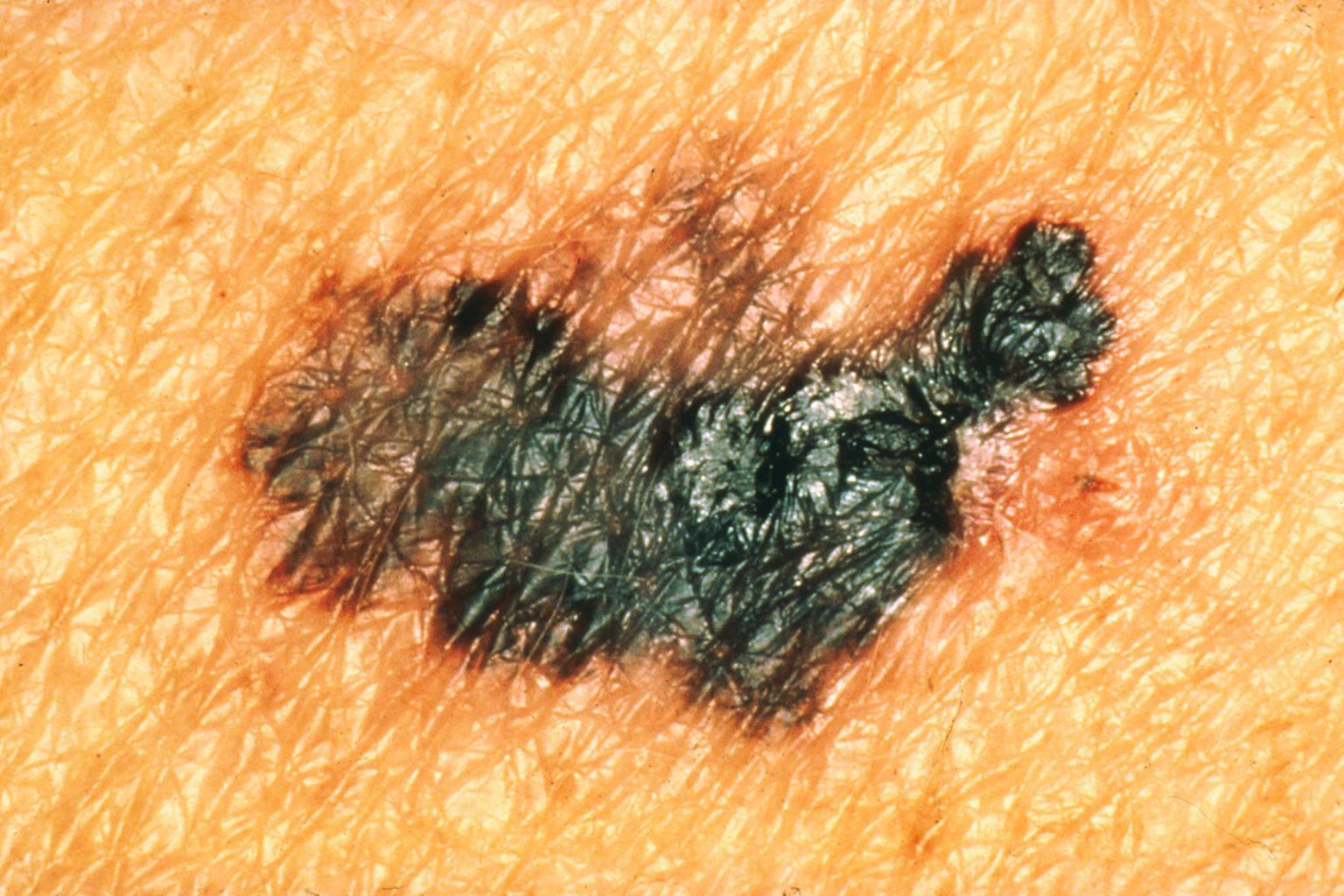Skin cancers are by far the most common of all cancers. Melanoma is a type of skin cancer that occurs when melanocytes start to grow out of control. Melanoma accounts for about 1% of skin cancers but causes a large majority of skin cancer deaths. While melanoma is much less common than some other kinds of skin cancers, it is more dangerous because it’s much more likely to spread to other parts of the body if not caught and treated early.
Who Can Get Melanoma
As people age, the risk of melanoma increases. But it’s not uncommon to see melanoma even among those younger than 30. Statistically, it’s one of the most common causes of cancer in young adults (especially young women)
Melanoma can often be found early when it is likely to be cured. Some people have a higher risk of getting melanoma than others, but it’s important to know that anyone can get melanoma.
Signs of Melanoma
Understanding how to spot melanoma is important because early melanomas are very treatable. Melanoma can appear as raised bumps, moles, scaly patches, or open sores.
The American Academy of Dermatology’s “ABCDE” memory device can help you learn the warning signs that a spot on your skin may be melanoma:
- Asymmetry: One half of the spot does not match the other half.
- Border: The edges of the spot are not smooth.
- Color: The color of the spot is mottled and uneven, with shades of brown, black, gray, red, or white.
- Diameter: The spot is larger than the tip of a pencil eraser. (6mm)
- Evolving: The spot is new or changing in size, shape, or color.
There are some melanomas that don’t fit the ABCDE rule, so tell your doctor about any sores that won’t go away, rashes, unusual bumps, changes in your skin, or in any existing moles.
Can Melanoma be prevented?

Protecting yourself from excess sun and sunburns can help you to reduce the risk of melanoma.
- Seek shade and avoid sun, especially between 10 am and 4 pm
- Do not use tanning beds. Try a spray tan instead.
- If possible, wear hats with brims, sunglasses, long sleeved shirts, and pants.
- Use sunscreen with a skin protection factor (SPF) of 30 or higher, be sure to reapply often.
- Don’t forget to apply sunscreen to young children and infants older than 6 months.
- Use a lip balm with sunscreen.
Early detection is essential to minimize the risks associated with melanoma. Be sure to tell your doctor about any new or changing moles, sores, or skin discolorations. In addition, ask your doctor to routinely perform a total skin examination to look for signs of skin cancer.
Melanoma is the most invasive skin cancer with the highest risk of death. While it’s serious skin cancer, it’s highly treatable if caught early. Prevention and early treatment are critical. If you’re concerned about your risk for melanoma make an appointment to see your family physician at River Bend Medical Associates today. As part of your medical team, we are here to provide you with the best care in all aspects of your health care needs.
For more information on our medical practice, or to make an appointment contact River Bend Medical Associates, or call 916-392-4000.


